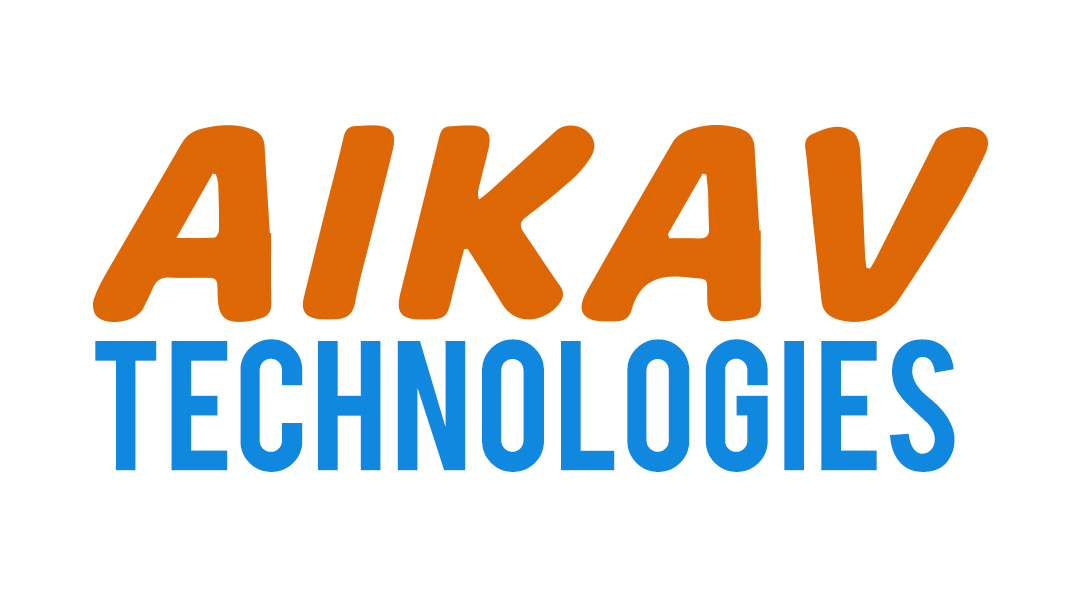
In today’s fast-evolving digital environment, website security is no longer optional—it’s critical. As we move into 2025, Drupal 11 continues to stand out as one of the most secure and enterprise-ready content management systems (CMS) in the market. However, even with Drupal’s strong core, every site owner and developer must adopt proactive security practices to safeguard against modern cyber threats.
This article explores the top Drupal security practices for 2025, key security threats to watch, recommended tools, and new Drupal 11 features that enhance overall site protection.
🔐 Why Drupal Remains a Security Leader
Drupal has a long-standing reputation for strong security architecture, supported by a dedicated Security Team and transparent vulnerability reporting. Its modular system allows fine-grained user permissions, robust session handling, and frequent updates—all of which make it a preferred choice for enterprises and government sites worldwide.
With Drupal 11, the platform has become even more security-focused, integrating modern PHP standards, enhanced configuration integrity, and automated dependency updates.
⚠️ Top Security Threats in 2025
As technology advances, attackers are evolving too. Here are the most common Drupal security risks to monitor this year:
- Outdated Modules and Core Files – Ignoring updates can expose known vulnerabilities.
- Poor Access Control – Weak user roles or excessive permissions open backdoors for attackers.
- Cross-Site Scripting (XSS) – Unfiltered user inputs can inject malicious scripts.
- SQL Injection Attacks – Poorly sanitized database queries remain a target for data breaches.
- Brute-Force Login Attempts – Automated bots target admin accounts through repeated logins.
- Configuration Leaks – Mismanaged
settings.phpor open directory listings can reveal sensitive data.
🧰 Must-Have Drupal Security Tools
A combination of built-in Drupal features and third-party tools can help you monitor, detect, and prevent security issues effectively.
1. Security Kit Module
Mitigates common web vulnerabilities such as XSS, CSRF, and clickjacking. It allows developers to implement HTTP headers and form security best practices.
2. Login Security Module
Helps protect login forms by limiting failed login attempts and tracking suspicious activity.
3. Paranoia Module
Detects and restricts dangerous permissions or PHP code execution within the admin interface.
4. Automated Updates
Drupal 11’s new auto-update feature ensures core and module updates are installed quickly, reducing exposure to known vulnerabilities.
5. Drupal Security Review Module
Performs automatic audits of your Drupal site and provides actionable recommendations to improve configuration and security posture.
🧱 Drupal 11 Security Enhancements
Drupal 11 introduces several upgrades that strengthen its defense mechanisms:
- PHP 8.3 Compatibility: Delivers improved performance, memory safety, and stronger type checks.
- Improved Configuration Validation: Prevents accidental misconfigurations during deployment.
- Read-Only Configuration Support: Ensures production environments can’t be modified unintentionally.
- Modern Password Hashing (Argon2id): Offers stronger encryption standards for user authentication.
- Enhanced Twig Templating Security: Reduces risks of unsafe rendering in front-end templates.
🧩 Best Practices for Securing Drupal Sites in 2025
Implementing Drupal’s tools alone isn’t enough—consistent best practices must be followed.
- Keep Core and Modules Updated: Schedule regular maintenance windows for updates.
- Harden File Permissions: Prevent unauthorized access to configuration files and directories.
- Use HTTPS Everywhere: Enforce SSL/TLS certificates for all pages.
- Restrict Admin Access: Limit backend access by IP or use two-factor authentication (2FA).
- Regular Backups: Store offsite encrypted backups to ensure disaster recovery.
- Monitor Logs: Use Drupal’s logging system and integrate with external monitoring tools like Sentry or New Relic.
- Audit User Roles: Periodically review and remove unused accounts and permissions.
🧠 Final Thoughts
With Drupal 11, maintaining a secure website in 2025 has become easier—but not automatic. Proactive security measures, regular updates, and proper access management remain essential.
By combining Drupal’s built-in security tools with best practices and ongoing vigilance, organizations can confidently protect their sites, data, and users from evolving digital threats.
In summary:
Drupal 11 continues to lead the way in CMS security, but staying secure requires teamwork—between the Drupal core, developers, and administrators. Keep your systems patched, monitor activities, and stay informed about new vulnerabilities to ensure your Drupal site stays ahead of the curve.
